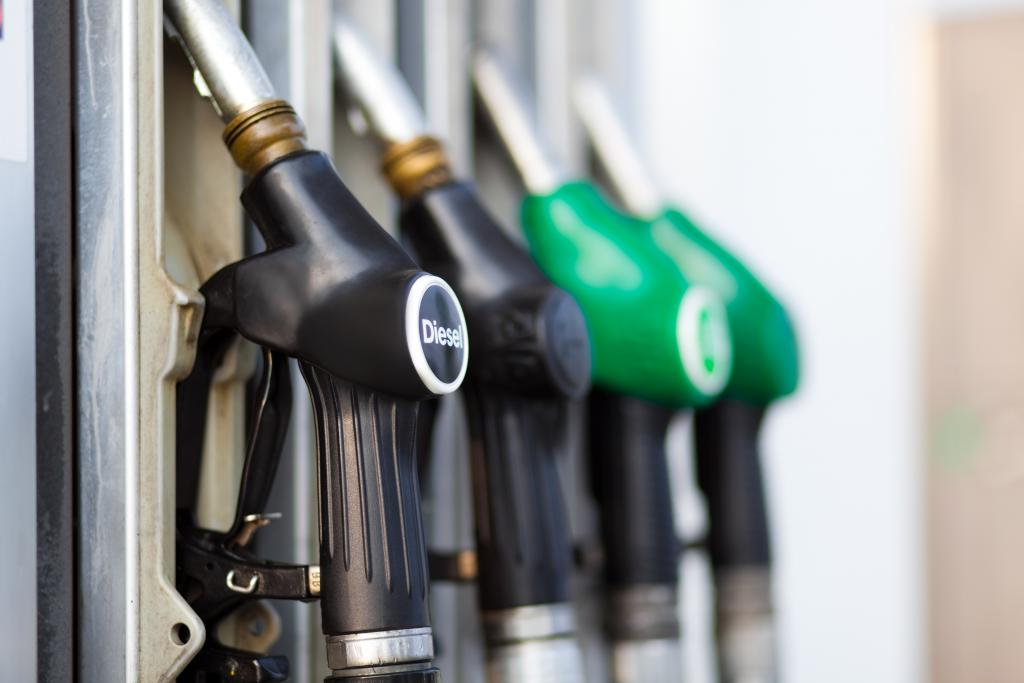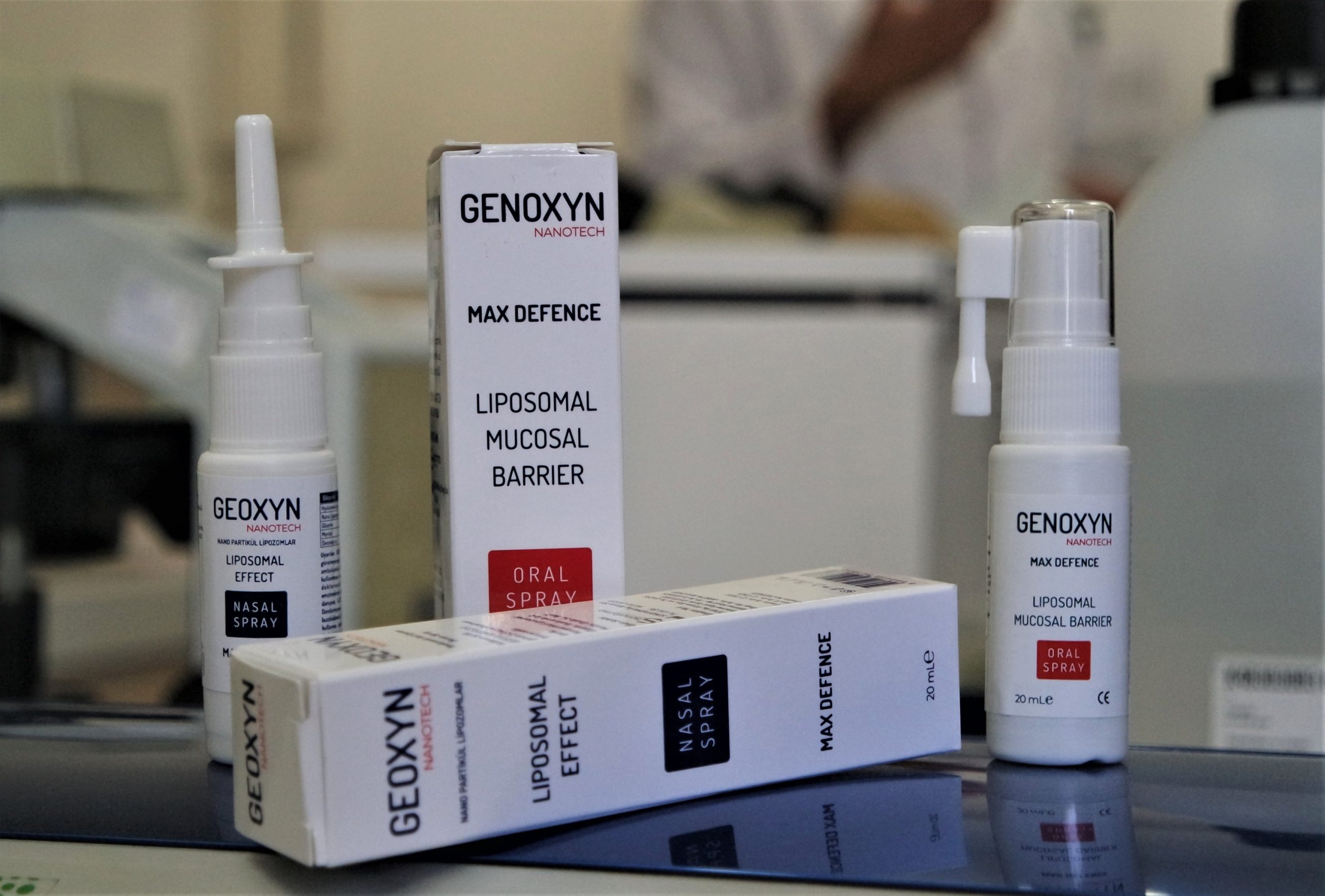Kiev. Ukraine. Ukraine Gate – January 26, 2021 – Auto
In Kyiv, the Institute of Consumer Expertise tested diesel fuel at Ukrainian gas stations for compliance with national standards and published the results. Unexpected severe frosts have forced Ukrainian owners of diesel cars to think about the quality of fuel.
As you know, this type of fuel at low temperatures tends to turn into “kissel”, which turns the car into “real estate”. But human genius came up with the idea of adding special additives to diesel fuel, which do not allow paraffin to “precipitate” and maintain fluidity even in severe frosts. Pleasure is not cheap, so often unscrupulous sellers of frost resistance try to save. The Institute of Consumer Expertise decided to check the networks of gas stations for the presence of really winter diesel fuel and took samples from one and a half dozen of the most popular networks. And found out which of them you can safely ride, when the window reaches minus 25 degrees Celsius.
Who is in sight?
The experts tried to make the maximum sample, taking samples in networks with all-Ukrainian status, as well as from small and medium-sized regional retailers. Samples of “heavy” fuel from WOG, OKKO, BRSM-Nafta, Prime, Chipo, Klo, Amic, ANP, Glusco, Avantage 7, Motto, Shell, Sunoil, and U.GO gas stations went to the certified laboratory. In addition to commercial varieties, branded “cocktails” enriched with various additives were also studied. The research was conducted according to five main parameters regulated by DSTU 7688 to: 2015 – filtration limit temperature, cetane index, sulfur content and flash point.
“Normal” diesel
Actually, there is no “ordinary” diesel fuel left as such, they are all marked as “euro”. First of all, the experts tested the samples in the freezer. The results were unexpected – all attempts not only met the standards (-20 ° C), but also demonstrated a margin! Moreover, three samples out of 12 turned out to be “Arctic”. BRSM-Nafta diesel showed a result of -34 ° C, slightly lower in Prime (-33 ° C) and Chipo (-32 ° C). According to experts, this is the first time they have seen such concern for consumers. The other participants also showed excellent results, with a “minimum” margin in Amic of -25 ° C.
Next, the cetane index was measured, which reflects the effect on the fuel of additives that improve its cetane number. The higher the index, the easier it is to start the engine in the cold and the more stable it works. This time no one had any difficulties in overcoming the threshold of at least 46 units. Once again, the BRSM-Nafta (53.6 units) and Prime (53.5 units) had the largest “margin of safety”, and Shell and Chipo samples also showed good results.
Well, what about the main enemy of the environment and the fuel system – sulfur? During combustion, the concentrate of sulfuric and sulfuric acids not only cokes neutralizers and fuel equipment, but also irritates the human mucous membrane. If earlier the “high acidity” was tolerated due to the good lubricating properties of sulfur, then with the invention of more advanced lubricating additives sulfur, a battle was declared. With each new Euronorm it should remain less and less: adopted in 1999, Euro-3 allowed the presence of 350 ppm (mg / kg) of sulfur in 1 kg, and introduced 10 years later (and now valid in Ukraine) Euro-5 – no more 10 ppm.
Two samples had problems. And if the indicator of diesel fuel from ANP is 16.5 mg / kg, instead of the 10 allowed, then in the sample purchased at the Interflo gas station in Kyiv – 163 mg / kg! With long-term use of modern fuel with such a sulfur content, unpleasant financial problems with repairs can occur. Well, the leading four (BRSM-Oil, Prime, Chipo, Avantage 7) fit in 5-7 mg / kg.
And finally the flash point. This parameter can indicate whether foreign components have entered the “diesel”. No violations were detected in the participants, the highest rates were in Shell and BRSM-Nafta.
“Branded” varieties
If such results are demonstrated by “ordinary” diesel fuel, then what will happen to premium varieties, which are sold for 1-2 hryvnias per liter more expensive? And here the expectations did not disappoint the experts. All samples (Mustang diesel, Pulls diesel, BRSM-Nafta DP Euro Plus, V-Power, Ventus Diesel and domestic Shebel DT) turned out to be “Arctic” varieties with outstanding frost resistance. “Branded” fuel from WOG, BRSM-Nafta and Shebel DT withstood temperatures below 40 ° С! Particularly pleased with the results of domestic fuel Shebel DT – in addition to the stated indicators of the filterability temperature, the sample was virtually no harmful sulfur – less than 3 mg / kg. Modernization and quality control are bearing fruit. In general, experts recommend, if necessary, to go in severe frosts (especially over long distances), refuel only with this fuel.
Results
It seems that gas stations were more afraid of the cold than motorists themselves. In any case, such preparation for severe frosts can not but rejoice. And although warming has come now, winter will remind us of its rights more than once. If we talk about market trends, experts note a dramatic reduction in substandard fuel sales. Obviously, a reputation is still much more expensive than a quick profit. However, low-quality diesel fuel still appears at gas stations, even in large networks. And at little-known gas stations, the risk of running into a “body aga” is incomparably higher, and penny savings can lead to expensive repairs.
Read also: Gasoline Imports to Ukraine Are 4% Higher!






